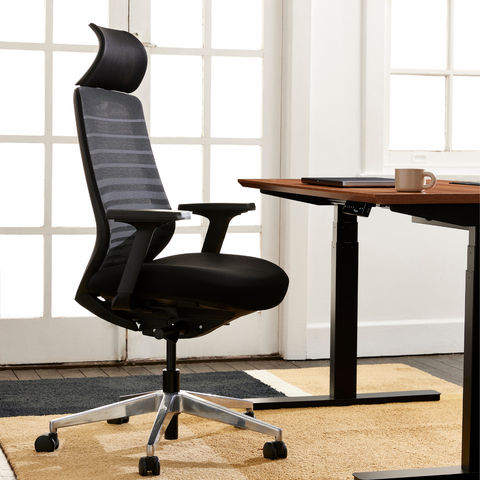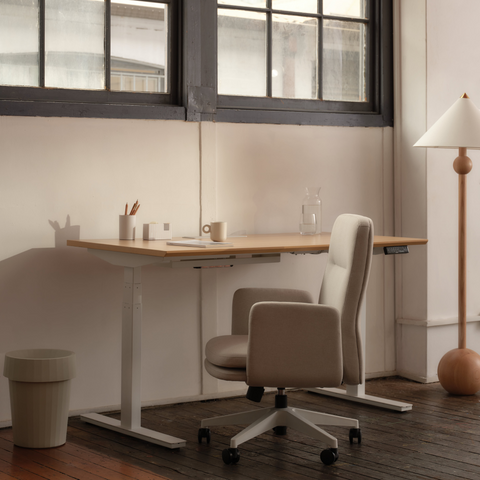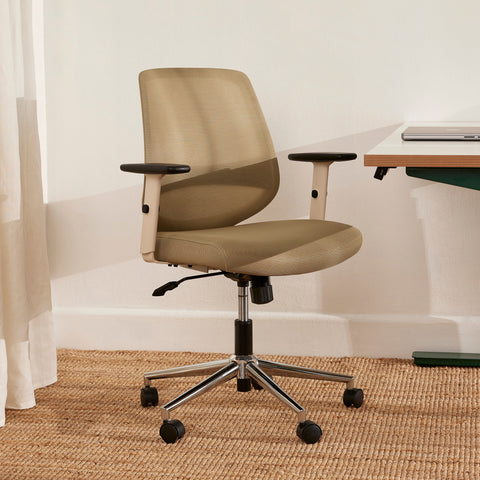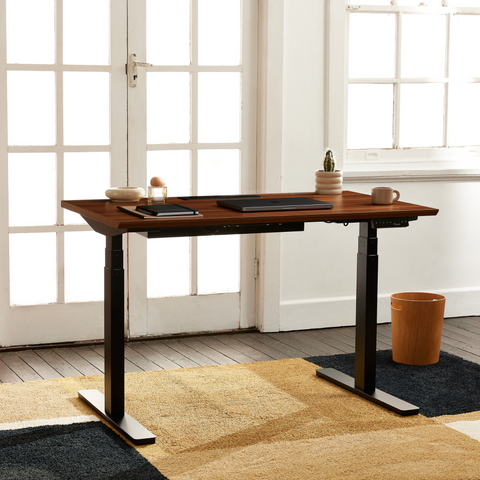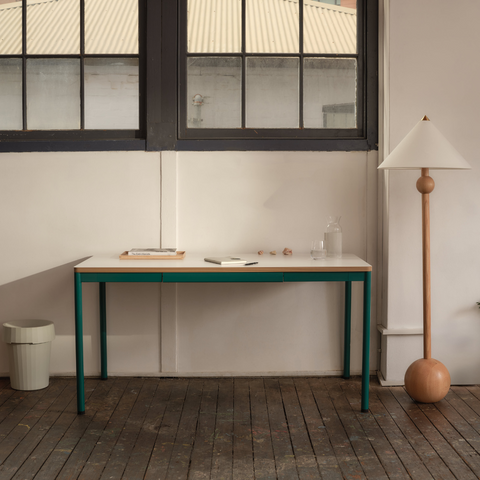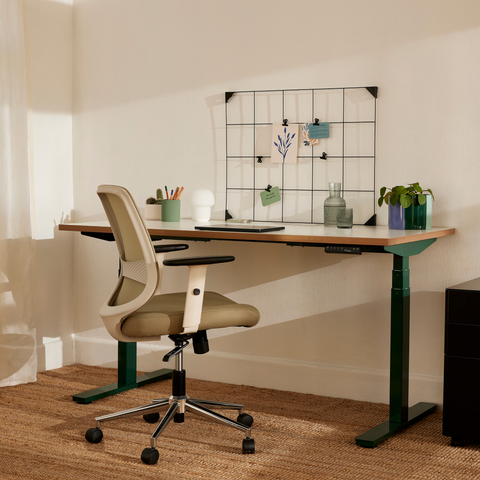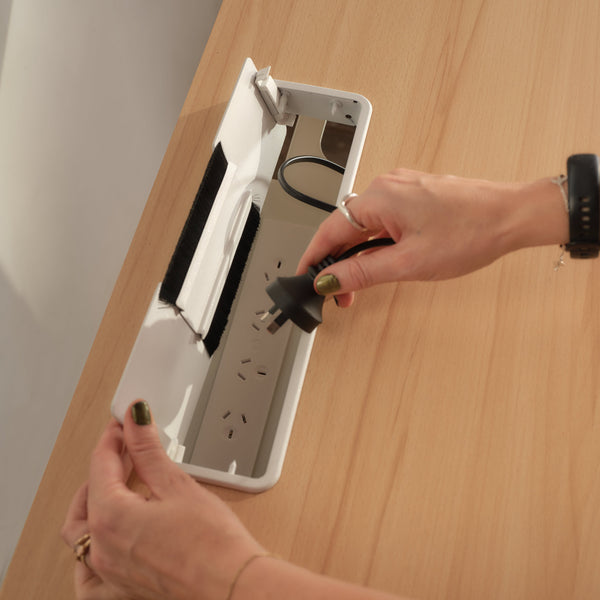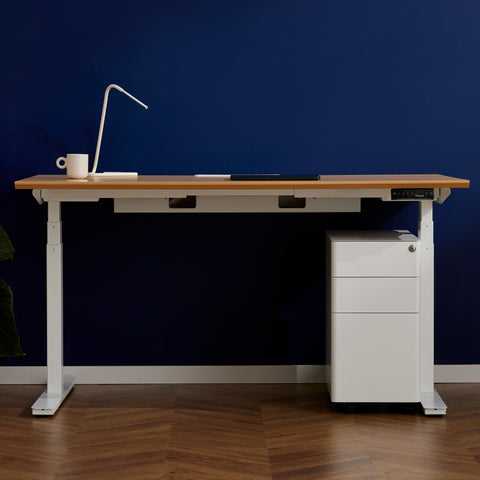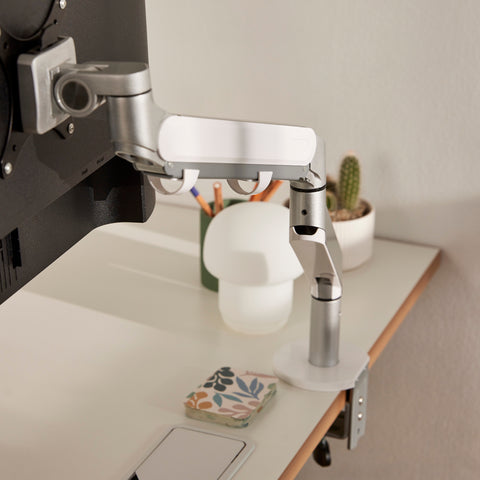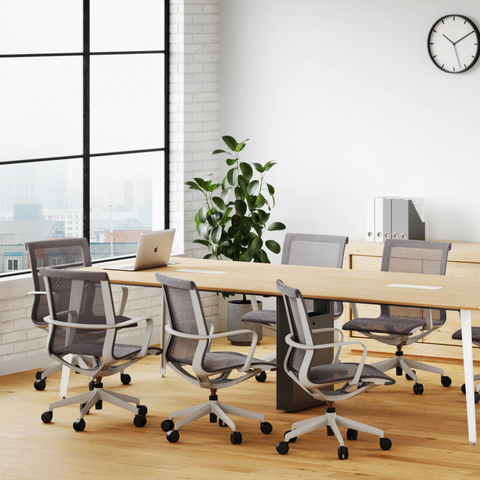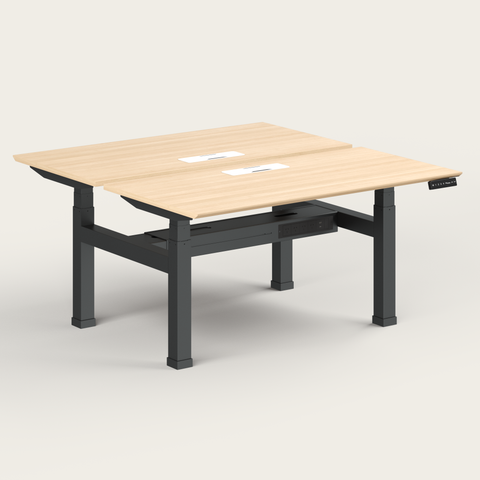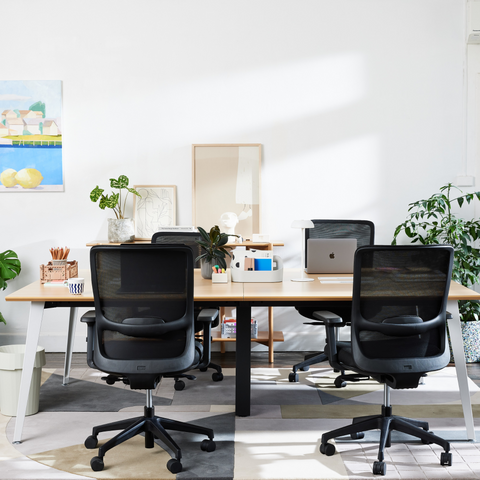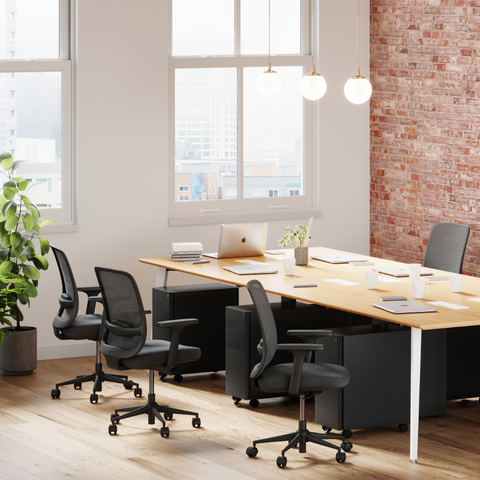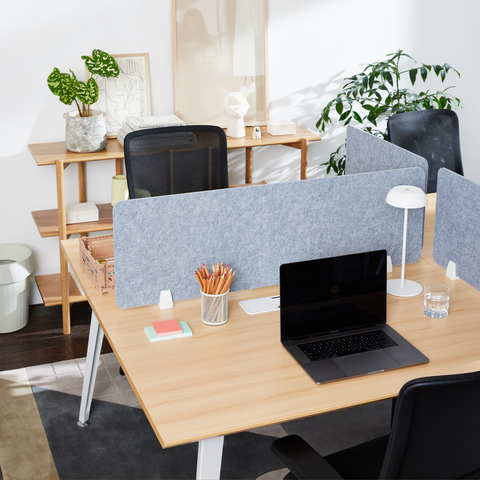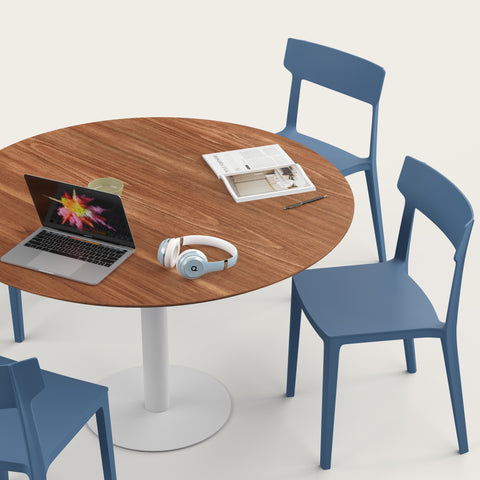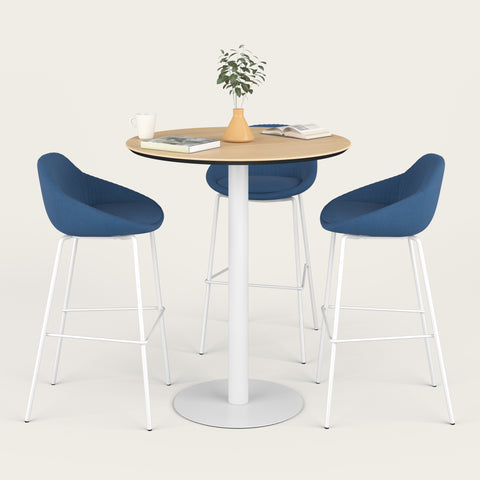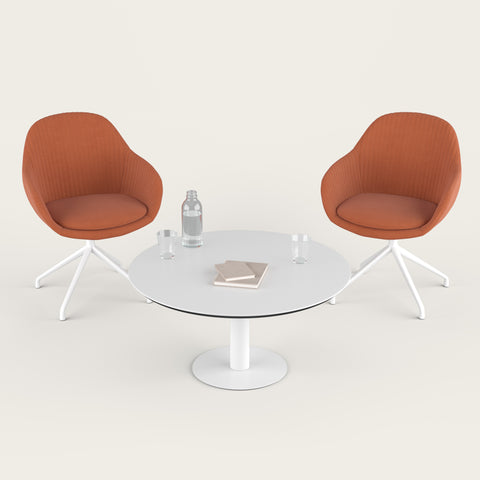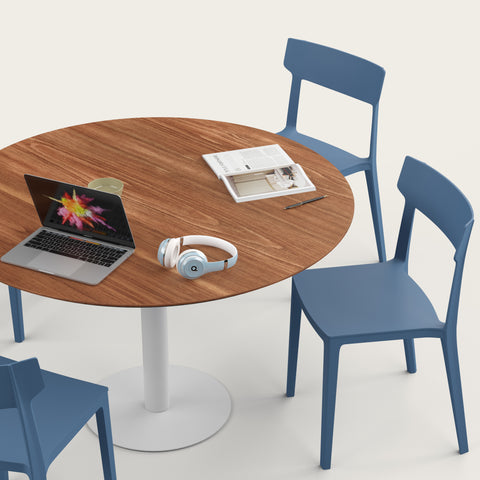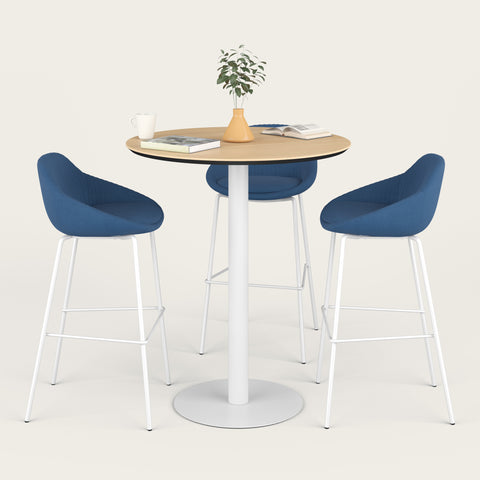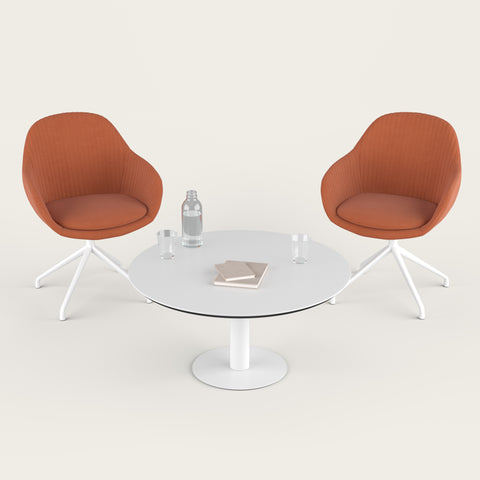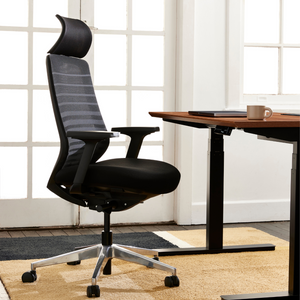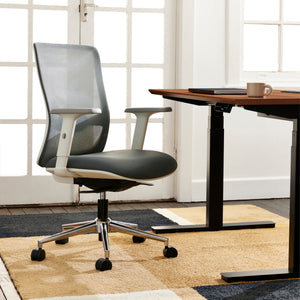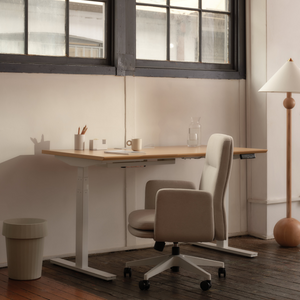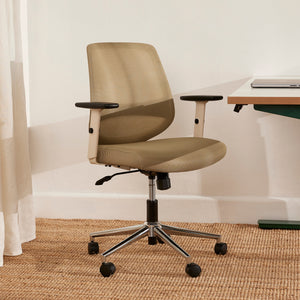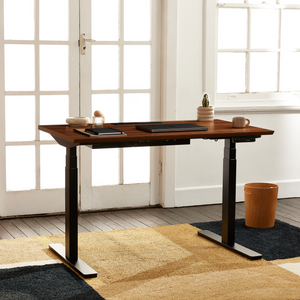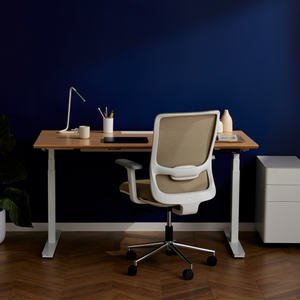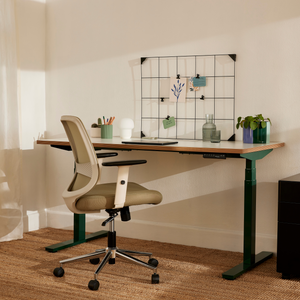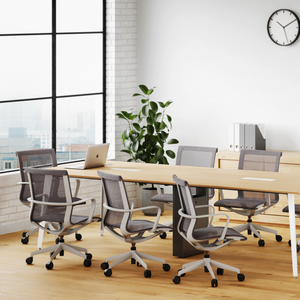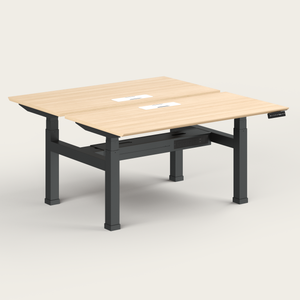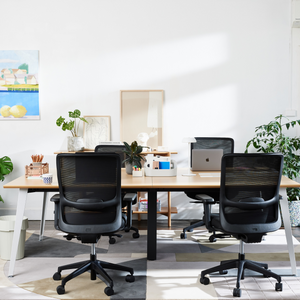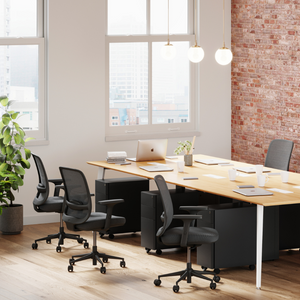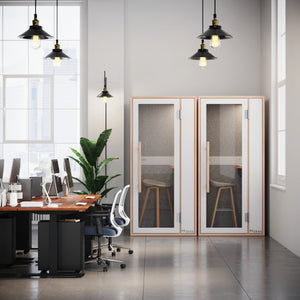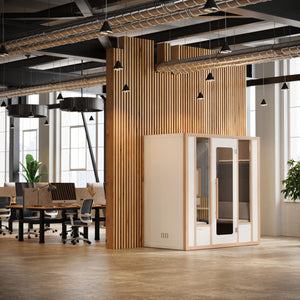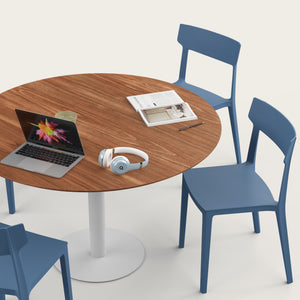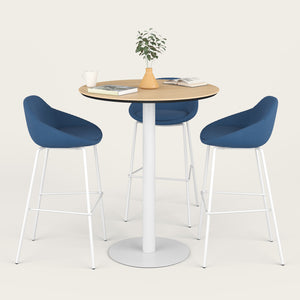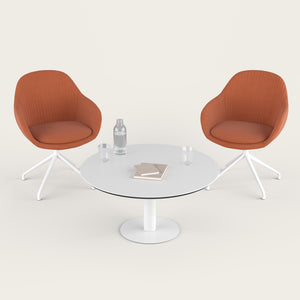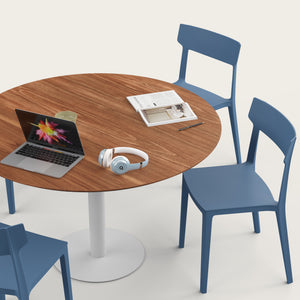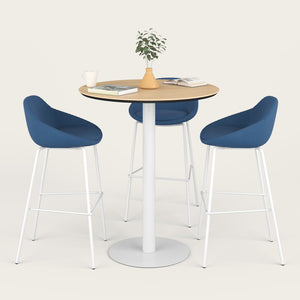The boardroom is often the heart of a business, bringing people together to make important decisions. At the centre of it all sits a piece of furniture that shapes both the look and function of the room.
For Australian businesses, choosing the right table is about finding something that fits the space and positively supports your business. With tighter office footprints, boardroom tables Australia wide are considered to be long-term investments.
This guide covers materials, sizing, design, budgets, and buying tips to help you choose a table that works for your team and your business.
Stick around to compare office boardroom tables, find executive boardroom furniture, and explore modular designs.
1. Material Guide & Durability
The boardroom table sets the tone for the whole room. The material you choose affects the visual aesthetics of the room, and can even go as far as assisting in closing those deals you’ve been working tirelessly on.
In Australia, most businesses choose between the warm, traditional feel of timber or the sleek, modern vibe of glass and composites. There’s no single “best” option. It really comes down to how you’ll use the table, the image you want to project, and of course, your budget.
Here’s a simple breakdown of the main choices:
Timber options
-
Solid oak or walnut: Premium and long-lasting. Creates a sense of authority, often chosen for executive boardrooms.
-
Veneer finishes: More affordable than solid timber but still delivers a polished look. Veneer needs care to prevent scratches and chips, but it’s popular with Australian businesses looking for style at a better price.
Modern surfaces
-
Glass: Adds an open feel to smaller boardrooms. It reflects light and makes the room look bigger, but it does require frequent cleaning to remove fingerprints.
-
Metal and composite: Known for durability and minimal maintenance. These materials are ideal for busy offices where function and strength are priorities.
Durability & maintenance
-
Solid timber: Can last decades, but only if you take proper care of it.
-
Veneer: Looks great and is cost-effective, but it can experience wear and tear over time.
-
Glass: Visually striking but requires consistent cleaning.
-
Composite: Resistant to stains and scratches, making it a practical choice for multi-use meeting room tables.
Choosing between these materials is an act of balance. Mainly depending on your budget, but you want professionalism and long-term value.
2. Space Planning & Sizing
Choosing the right size is very important. A boardroom table that’s too big will dominate the room, while one that’s too small can feel cramped and unprofessional. Here are the main points to consider when picking the right size table.
Room Size
Leave at least 1.2 metres of clearance around the table for seating and movement. Smaller rooms benefit from oval or round meeting room tables that maximise space.
Seating
There should be about 600–750mm per person along the table length. No one likes to sit on top of each other. Being too close can also lead to distractions and discomfort.
Traffic In and Out
Think about how people move around, are they walking to a water dispenser or are they moving to a whiteboard?
Clear pathways align with Safe Work Australia guidelines for accessibility and stop interruptions from happening.
3. Technology Integration
Meetings in recent years have changed, with a mix of staff attending meetings virtually on a screen or physically in the room. A good boardroom table must integrate technology into its design rather than leaving cables sprawled across the floor.
Look for built-in trays, grommets, or flip-tops that hide cords. Many Australian suppliers provide USB-C charging, HDMI, and power sockets as standard. For larger conference tables Australia wide, consider layouts that work with microphones and cameras for meetings that may require video calls.
Tables with modular panels or adaptable inserts make it easier to upgrade in future.
4. Design & Aesthetics
A boardroom table is the anchor point that pulls the room together. Just the table design and aesthetics can make a huge impact.
A dark timber table gives a classic, formal feel. It’s a good choice if you want the room to project authority and stability. On the other hand, light wood, glass, or matte finishes create a more modern vibe, perfect for Aussie businesses that want their boardroom to feel open.
If branding matters to you, consider a custom finish. Matching the colour of the table to your company palette or logo is a smart move. Even small touches, like a brushed metal detail or coloured edge can tie in with your brand identity.
In Australia, modular designs are becoming increasingly popular because they’re flexible; you can reconfigure them for workshops, client meetings, or team huddles.
Sustainable materials are also on the rise, which is worth considering if your business has eco goals. Sustainability is undoubtedly a growing priority in workplace design, and you can see how it is highlighted by the Green Building Council of Australia.
At the end of the day, design in general is about evoking emotion. Do you want the space to feel formal and impressive, or relaxed and collaborative? The design choices you make will set that tone.
5. Budget Considerations
Price Ranges
-
Entry-level boardroom furniture Australia: You can expect to pay under $1,000
-
Mid-range: $3,000–$6,000
-
Premium/custom: $10,000+
Value vs Cost
Cheaper models can work for startups or businesses on a tight budget. However, it is important to note that high-quality tables offer better warranties and can look more professional.
Total Ownership
You need to factor delivery, GST, installation, and lifespan into your final costing. When you purchase a budget piece that has to be replaced every 4-5 years, those small costs also come into the equation. You might actually find that a table with a 10-year warranty is cheaper over the years.
Financing options are also available through local suppliers for more expensive items.
6. Buying Process & Checklist
Choosing the right boardroom table is simpler if you break it into steps. Use this checklist to stay on track:
Start with measurements
-
Room dimensions, including length, width, and ceiling height
-
Doorways, stairwells, and lifts for delivery access
-
Clearance space (at least 1.2m around the table for movement)
Set your budget
-
Factor in table cost, delivery, installation, and GST
-
Decide if you’re buying outright or exploring financing/leasing options
Shortlist suppliers
-
Look for Australian companies offering conference room furniture with metro and regional delivery
-
Check warranty coverage for materials and workmanship
-
Compare product ranges, finishes, and customisation options
Ask the right questions
-
What are the lead times for standard vs. custom tables?
-
Is delivery and installation included in the price?
-
Are after-sales support and spare parts available locally?
Plan your timeline
-
Standard orders: 4–8 weeks
-
Custom builds: up to 12+ weeks
-
Align delivery with office moves or renovations to avoid delays
Confirm before ordering
-
Get quotes that clearly show inclusions and GST
-
Visit a showroom if possible
This is a structured approach to buying a boardroom table. It helps avoid hidden costs, disappointments and sets you up for a good long-term investment.
Conclusion & Next Steps
The boardroom table is the centrepiece of your professional meeting space. It reflects how your business operates.
When choosing, determine materials, size, technology integration, aesthetics, and budget. For Australian businesses, options range from compact meeting room tables to custom executive boardroom furniture. The key is matching your needs with a supplier that offers quality and support.
If you’re ready to explore boardroom tables Australia wide, Recess is here to help. Their locally designed products combine compliance, style, and durability, supported by Australian-based teams.
Next step: Connect with Recess for a free consultation, browse their collection, or book a showroom visit. Investing in the right table today ensures your boardroom is ready for tomorrow’s meetings.

